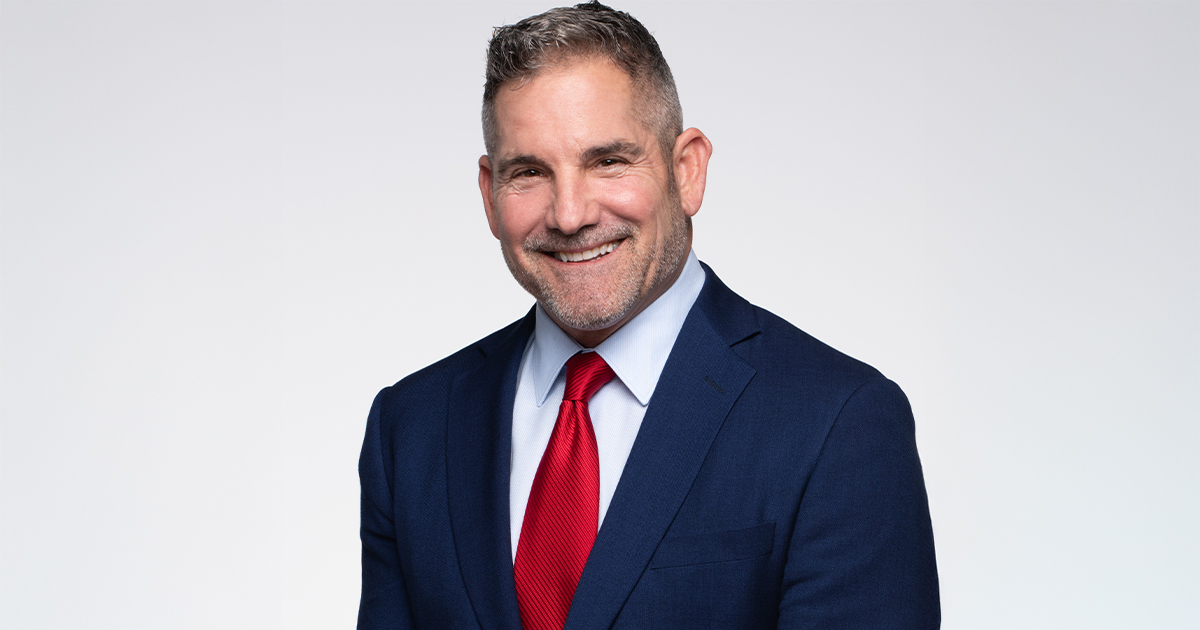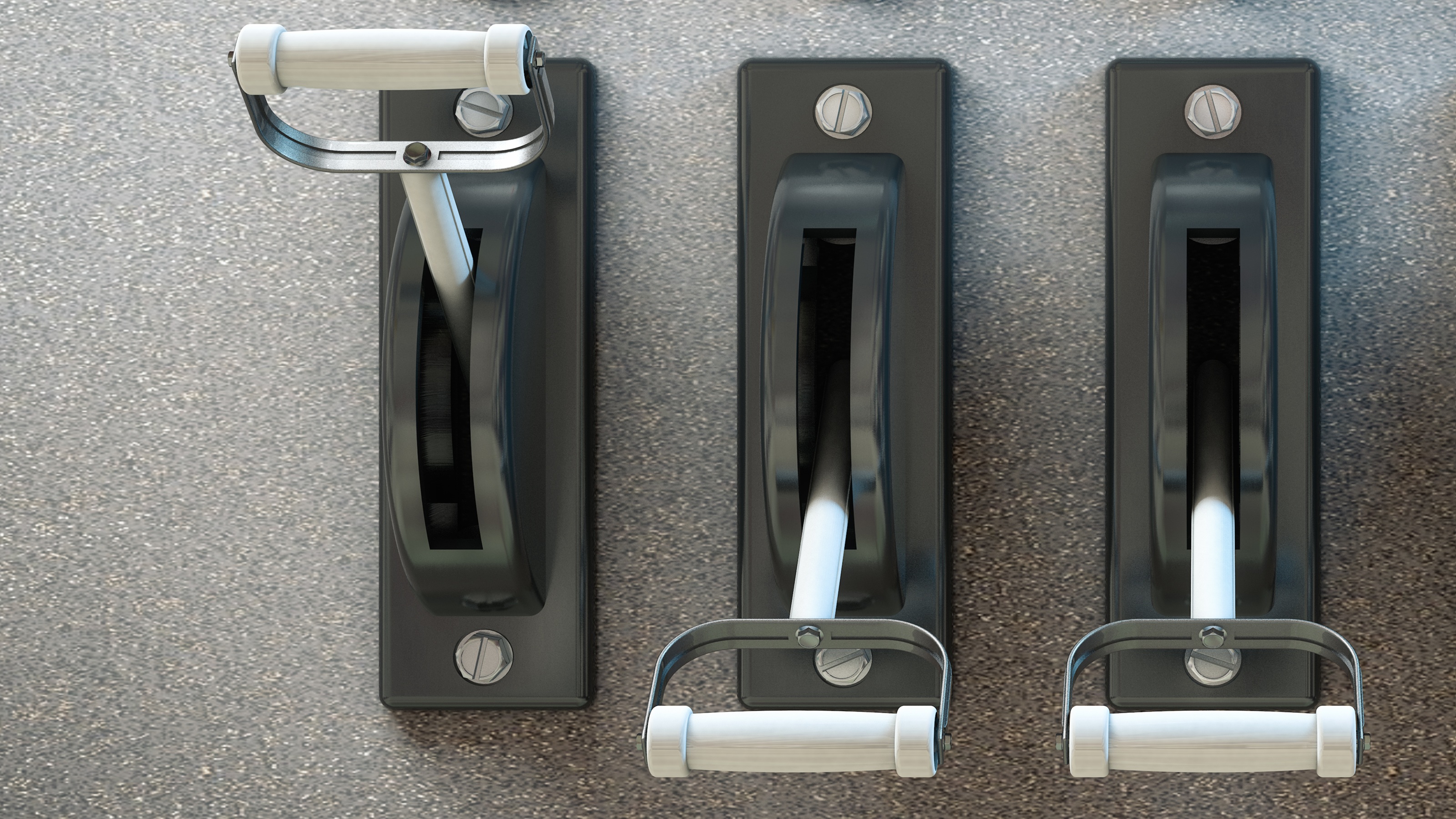Roth 401(k) vs. 401(k): Which Is Right for You?
The Roth 401(k) vs. 401(k) decision can mean the difference between higher taxes now or in retirement. It's your choice.


Investing in a Roth 401(k) vs. a 401(k) all boils down to taxes. It's the norm today for working Americans to save in either type of 401(k) as pensions fade away. But 401(k)s come in two distinct flavors. And that means savers must do a tale-of-the-tape comparison of the two options: traditional vs. Roth 401(k).
Both 401(k)s are “great retirement savings vehicles,” says Nilay Gandhi, a senior wealth advisor at Vanguard.
But which one is right for you?
From just $107.88 $24.99 for Kiplinger Personal Finance
Be a smarter, better informed investor.

Sign up for Kiplinger’s Free Newsletters
Profit and prosper with the best of expert advice on investing, taxes, retirement, personal finance and more - straight to your e-mail.
Profit and prosper with the best of expert advice - straight to your e-mail.
Roth 401(k) vs. 401(k)
Let’s start with what the two 401(k)s have in common. Contributions to both traditional and Roth 401(k)s — plus any gains you earn — grow tax-free. Both types of 401(k)s are also eligible for employer matching contributions. The contribution limits are also the same. In 2025, you can contribute $23,500 (up $500 from 2024). Savers 50-and-older can sock away up to $31,000 (up from $30,500 in 2024). Due to a special super catch-up provision under SECURE 2.0, savers aged 60-63 can contribute $11,250 in 2025.
The big difference between the two types of 401(k)s, though, is their tax treatment – or when you pay taxes to the IRS. With a traditional 401(k) you postpone taxes to a later date, whereas with the Roth 401(k) you pay the taxes upfront.
“It’s a tradeoff,” said Rob Williams, managing director of financial planning for Charles Schwab. “You’re either taxed upfront or taxed when you withdraw the money.” (The IRS allows penalty-free withdrawals from both traditional 401(k)s and Roth 401(k)s after age 59-1/2).
Differences between Roth and traditional 401(k)s
Traditional 401(k)s are funded with pre-tax dollars deducted from your paycheck, netting you an immediate tax break. “If you put money in a traditional 401(k), that income is not included in your taxes,” said Williams. “It’s an upfront tax benefit.” So, if you earn $100,000 and you contribute $10,000 to your 401(k) this year, your taxable income will fall to $90,000. But there’s no free lunch: you’ll pay income taxes at your ordinary income rate when you withdraw the money in retirement.
In contrast, Roth 401(k)s are funded with dollars already taxed. The power of a Roth 401(k), though, is you can make tax-free withdrawals in retirement. And while Roth 401(k)s, which are a close relative of the Roth IRA, tend to be less frequently used than traditional 401(k)s, 80% of 401(k) plans managed by Fidelity Investments offer a Roth 401(k) option. However, just 15% of Fidelity 401(k) participants contribute to a Roth IRA.
Traditional 401(k) vs Roth 401(k)
| Row 0 - Cell 0 | Traditional 401(k) | Roth 401(k) |
Contributions | Contributions are made with pretax dollars | Contributions are made with after-tax dollars |
Withdrawals | All withdrawals will be taxed at your ordinary income tax rate. | The money you put in — and its growth — isn’t taxed when you withdraw it |
Access | You can start receiving distributions tax- and penalty-free at age 59-1/2, no matter how long you’ve had your 401(k). | If you’ve held the account for at least five years, you can start taking money out tax- and penalty-free once you reach age 59-1/2. |
RMDs | There are required minimum distributions. | There are no required minimum distributions. |
How to choose between a Roth and traditional 401(k)
So, how do you weigh the two choices? What key factors should you be looking at?
When deciding between a traditional vs. Roth 401(k), you’ll need to identify your current tax rate and guesstimate your potential tax rate in retirement. Other factors that could impact your decision include what your income will look like in retirement, your cash flow situation during your saving years, whether you’re expecting a big inheritance that can put you in a higher tax bracket later in life, and how long you’ve had your Roth 401(k).
The last point is key for those who choose the Roth 401(k) option later in life. The reason? You won’t be eligible for a penalty-free qualified withdrawal until you’ve had the account open at least five years.
It's all about tax brackets now and later.
The most critical piece of information, though, relates to your personal tax situation, says Gandhi. “Do you believe you will be in a higher or lower tax bracket in the future (e.g., during retirement) than where you’re at today?” said Gandhi.
The answer to that question is crucial because of the different tax treatments of a traditional vs. a Roth 401(k).
The rule of thumb is if you think you’ll be in a lower tax bracket in retirement than you are now, then a traditional 401(k) makes more sense. Why? You’ll pay less taxes on your 401(k) withdrawals in retirement. Plus, you’ll enjoy a tax deduction in the here and now when tax rates are higher.
In contrast, if you believe your tax bracket will be higher in retirement (which is often the case for younger 401(k) savers who earn smaller salaries or those who think Congress will boost tax rates in the future), then a Roth 401(k) is the way to go. The reason: Since you don’t pay taxes on Roth 401(k) withdrawals, you’re better able to minimize taxes on your other forms of income and avoid jumping up to a higher tax bracket.
“If you’re in the highest 37% tax bracket today and you think you’re going to be in the 22% tax bracket when you retire, it could be advantageous to go with the pre-tax traditional 401(k) today,” said Gandhi. In contrast, if you’re in a 22% tax bracket today but think you’ll be in a higher one in the future, then it can make sense to do a Roth 401(k).
(Of course, no one knows for sure where tax rates will be in the future, but it’s never a bad idea to assume taxes will be higher, not lower down the road.)
Tip: To pinpoint what tax bracket you’re in now, review your latest tax return to determine your current taxable income and see where you fall by comparing it to the IRS tax brackets for 2025. You can find information on 2025 tax brackets on IRS.gov.
How do RMDs differ?
There’s another advantage of a Roth 401(k). Starting this year, thanks to the SECURE 2.0 Act, you no longer must take required minimum distributions (RMDs) from Roth 401(k)s during your lifetime. Savers in traditional 401(k)s, however, are subject to RMDs. Required minimum distributions are minimum amounts that IRA and retirement plan account owners must withdraw annually starting with the year they reach age 72 (73 if you reach age 72 after Dec. 31, 2022).
“It gives (the Roth 401(k) account holder) a lot more flexibility because you’re not forced to take withdrawals,” said Williams.
Not having to take money out of a Roth 401(k) has multiple benefits. One is being able to keep all your money invested for longer to boost your account’s growth potential. (Traditional 401(k) users, in contrast, are forced to withdraw money even if they don’t need to, which boosts their taxable income and reduces their account balance.)
Roth 401(k)s offer tax diversification.
Having some of your retirement savings in a Roth 401(k) also allows you to benefit from “tax diversification.” If you have multiple sources of income in retirement, from say a traditional 401(k), taxable brokerage accounts, cash savings, and a Roth 401(k), you have more flexibility in deciding which account to withdraw from to minimize your tax burden. Say you need $50,000 for a down payment on a vacation home or a new electric car. Yanking the entire amount out of a traditional 401(k) will create $50,000 more in taxable income that could push you up in a higher tax bracket.
However, if you have ample savings in a Roth 401(k), you could take your RMDs and then pull the rest of the money you need from the Roth 401(k) to make your large purchase more tax-efficient, said Williams.
“We call it tax bracket harvesting,” said Williams, referring to the strategy of pulling from more tax-efficient accounts to avoid generating additional income that could boost your tax bill. “What you’re doing is diversifying tax risk and providing yourself more flexibility when you get to retirement.”
You can contribute to both a Roth and traditional 401(k).
Since future tax rates are tough to predict, there’s nothing to say you can’t hedge your bets by contributing to both a traditional and Roth 401(k), adds Williams. If you go this route, you still must adhere to the maximum contribution limits imposed by the IRS. You can’t, for example, sock away $23,500 in a traditional 401(k) and another $23,500 in a Roth 401(k).
In some cases, deciding between a traditional vs. a Roth 401(k) can come down to a simple personal finance concept called cash flow, adds Gandhi. If your monthly budget is tight, the traditional 401(k) might be a better fit as the upfront tax deduction you get from making pre-tax contributions means you’ll have more left in your paycheck after funding your account than if you took the same amount out after-tax to invest in a Roth 401(k).
Tip. Do you know how your 401(k) balance compares to others your age? There are some basic rules to follow if you want to be a 401(k) millionaire by retirement.
Roth 401(k) vs. 401(k) or both?
Choosing between a Roth and Traditional 401(k) is a personal decision. But remember that you can split the difference and contribute to both a Roth 401(k) and a Traditional 401(k) account — and you can switch back and forth during the year or throughout your career, assuming your plan allows it. By using both plans, you can diversify your tax situation in retirement — and that's always a good thing.
Want more guidance on retirement savings? Sign up for Kiplinger's six-week series, Invest for Retirement.
Read More
Profit and prosper with the best of Kiplinger's advice on investing, taxes, retirement, personal finance and much more. Delivered daily. Enter your email in the box and click Sign Me Up.

Adam Shell is a veteran financial journalist who covers retirement, personal finance, financial markets, and Wall Street. He has written for USA Today, Investor's Business Daily and other publications.
-
 I'm a Government Employee and Need to Get By Until the Shutdown Ends. What Can I Do?
I'm a Government Employee and Need to Get By Until the Shutdown Ends. What Can I Do?The second-longest shutdown in history is leaving many federal workers with bills due and no paycheck to cover them. Here's what you can do to get by.
-
 Grant Cardone Tells Us the Biggest Retirement Mistake You Can Make
Grant Cardone Tells Us the Biggest Retirement Mistake You Can MakeThe entrepreneur, real estate investor and motivational speaker tells us why people should never stop working.
-
 I'm a CPA: Control These Three Levers to Keep Your Retirement on Track
I'm a CPA: Control These Three Levers to Keep Your Retirement on TrackThink of investing in terms of time, savings and risk. By carefully monitoring all three, you'll keep your retirement plans heading in the right direction.
-
 Social Security Tax Limit Rises Again: Who Pays More in 2026?
Social Security Tax Limit Rises Again: Who Pays More in 2026?Payroll Taxes The Social Security Administration has announced significant changes affecting millions as we approach a new year.
-
 I Retired at 65 With $7.8 Million and Feel Like I Over-Saved. My 40-Something Son Is on the Same Path. Should I Tell Him to Reconsider?
I Retired at 65 With $7.8 Million and Feel Like I Over-Saved. My 40-Something Son Is on the Same Path. Should I Tell Him to Reconsider?We ask financial experts for advice.
-
 I'm a Financial Pro: This Is How You Can Guide Your Heirs Through the Great Wealth Transfer
I'm a Financial Pro: This Is How You Can Guide Your Heirs Through the Great Wealth TransferFocus on creating a clear estate plan, communicating your wishes early to avoid family conflict, leaving an ethical will with your values and wisdom and preparing them practically and emotionally.
-
 Child-Free Cruises Perfect For Your Retirement Celebration
Child-Free Cruises Perfect For Your Retirement CelebrationHow to find a bespoke ocean or river vacation for adults. Many of these options are smaller, charming river cruises, expeditions, or niche experiences.
-
 Social Security Wisdom From a Financial Adviser Receiving Benefits Himself
Social Security Wisdom From a Financial Adviser Receiving Benefits HimselfYou don't know what you don't know, and with Social Security, that can be a costly problem for retirees — one that can last a lifetime.
-
 Take It From a Tax Expert: The True Measure of Your Retirement Readiness Isn't the Size of Your Nest Egg
Take It From a Tax Expert: The True Measure of Your Retirement Readiness Isn't the Size of Your Nest EggA sizable nest egg is a good start, but your plan should include two to five years of basic expenses in conservative, liquid accounts as a buffer against market volatility, inflation and taxes.
-
 Backdoor Roth IRAs: Help Your Kids Keep More of Their Inheritance
Backdoor Roth IRAs: Help Your Kids Keep More of Their InheritanceConverting to a backdoor Roth IRA via an IRS "loophole" is an estate planning tool that gives heirs tax-free income in retirement. It can help you, too.